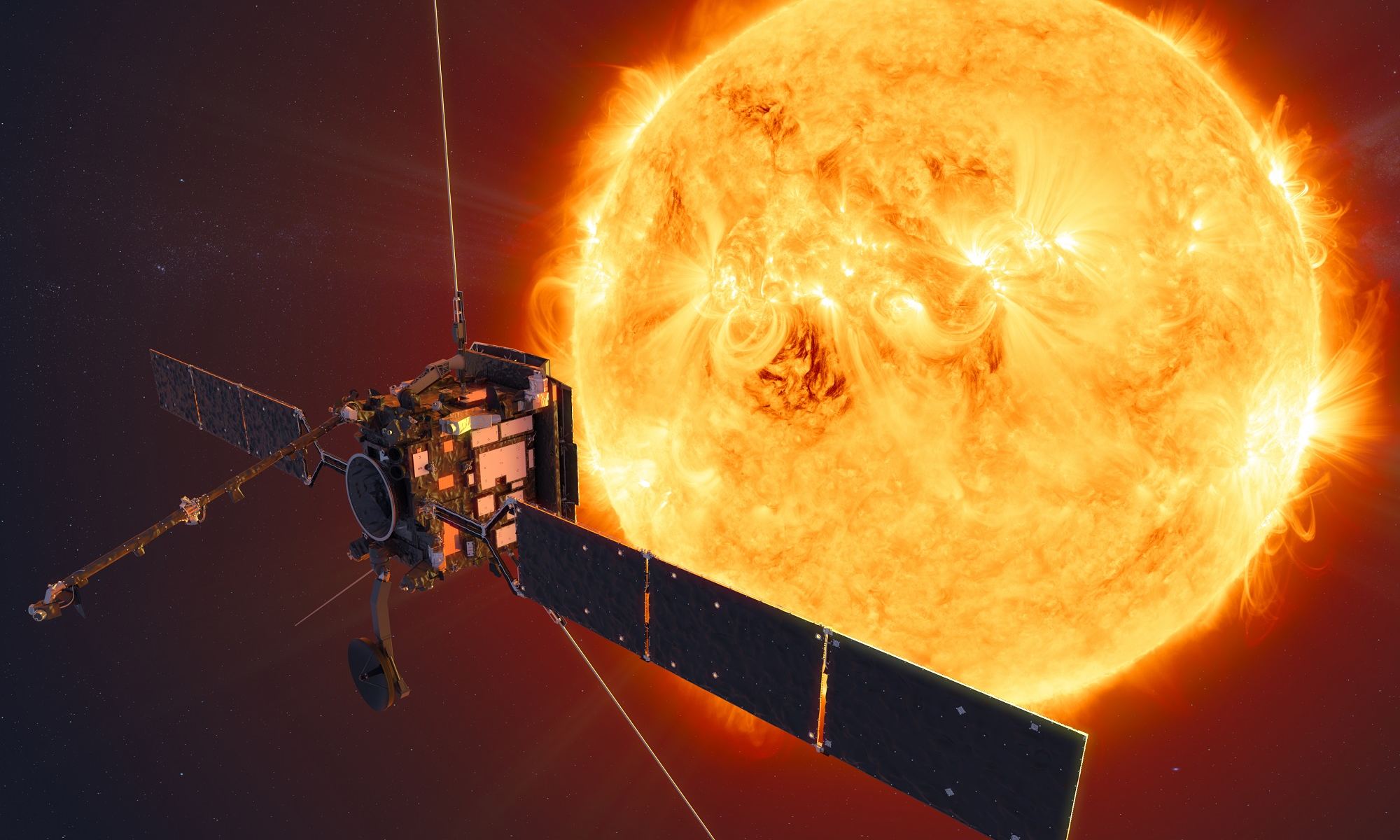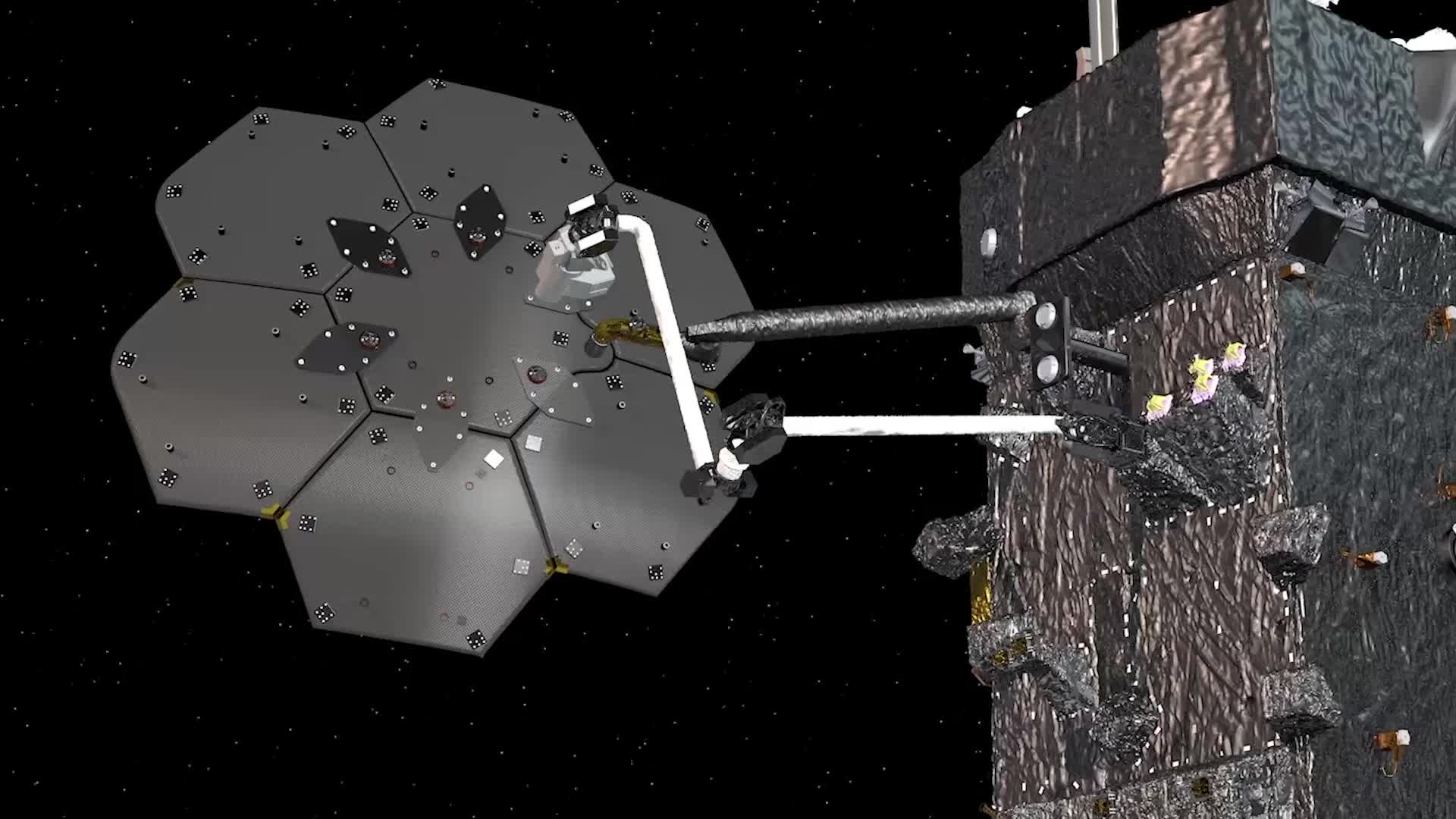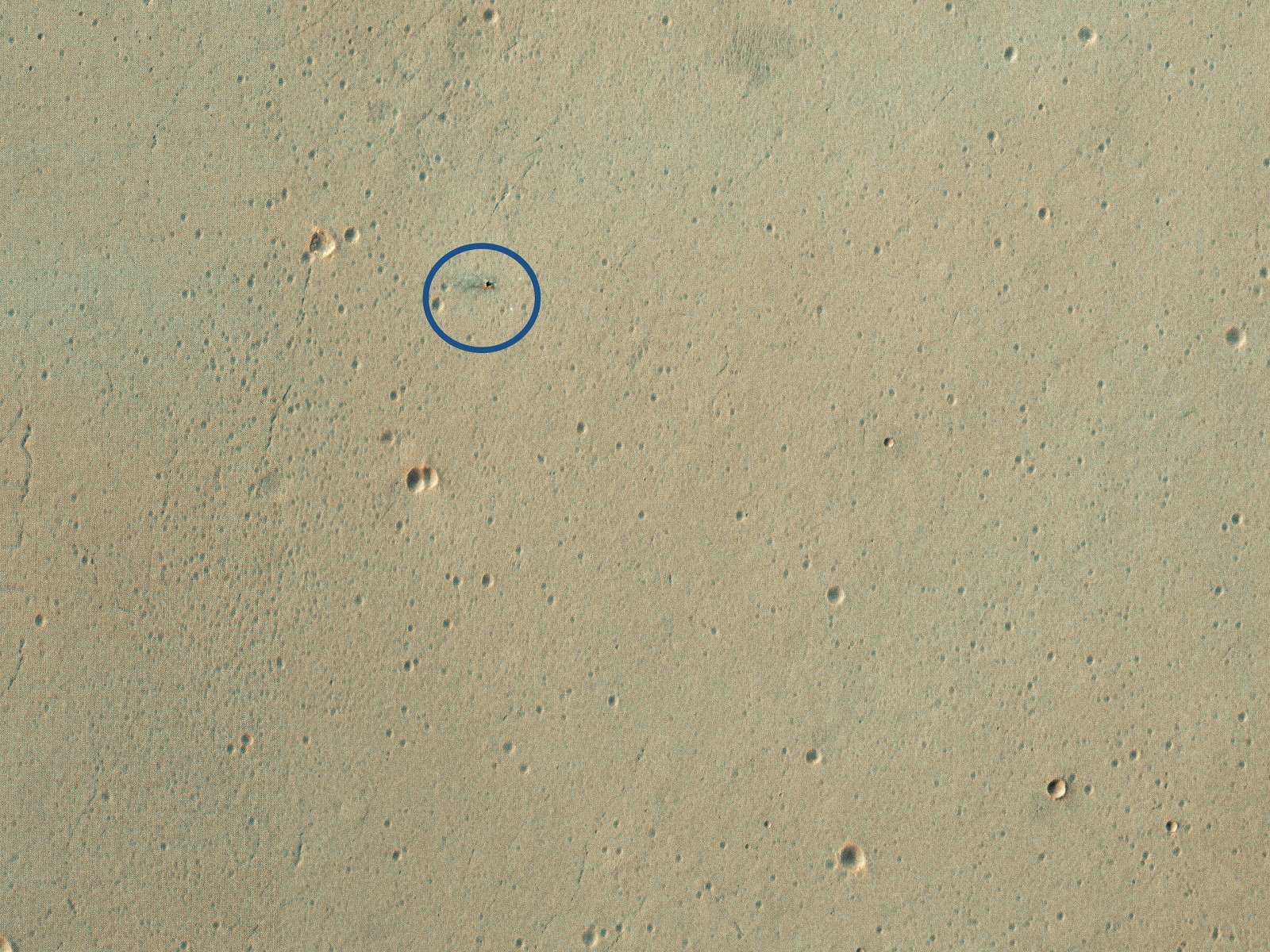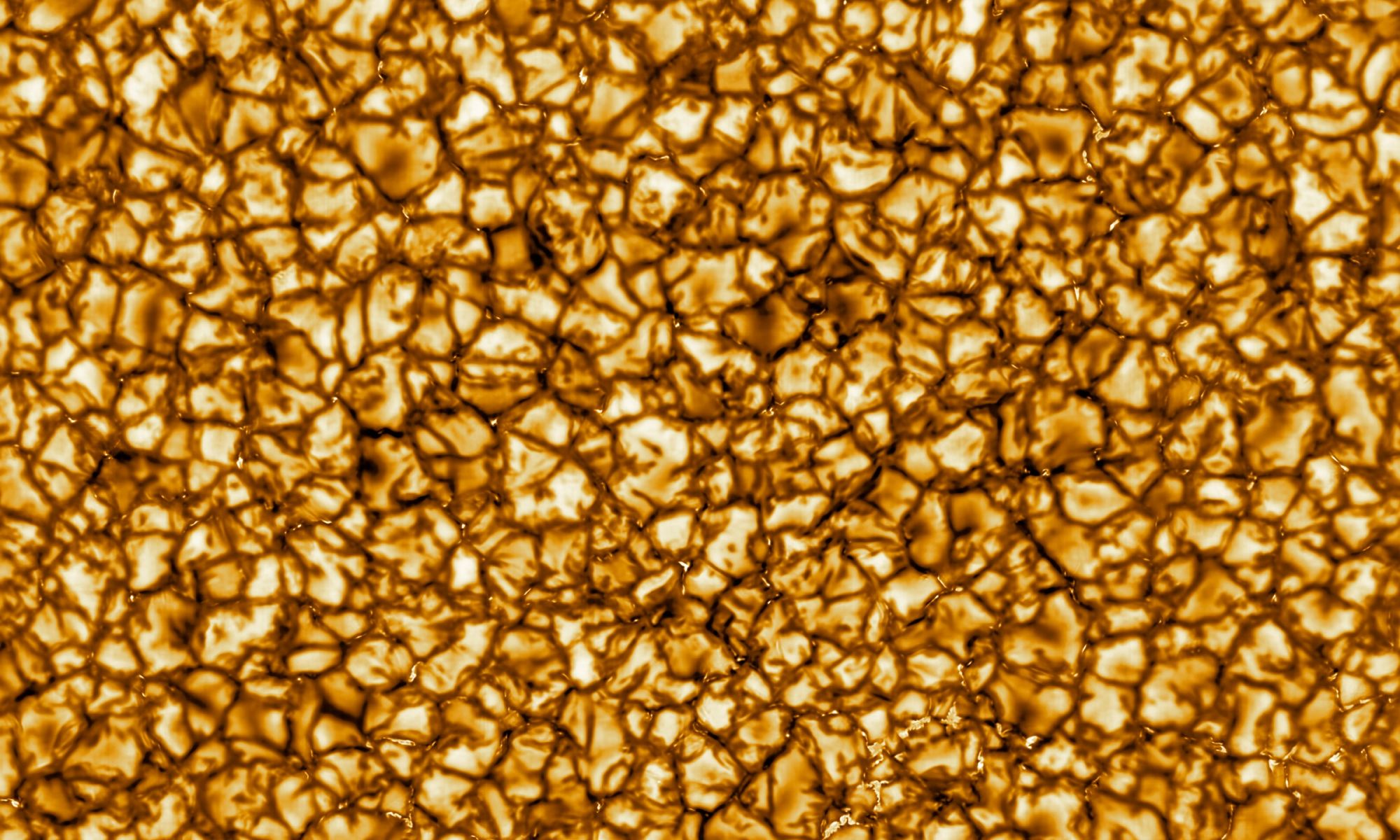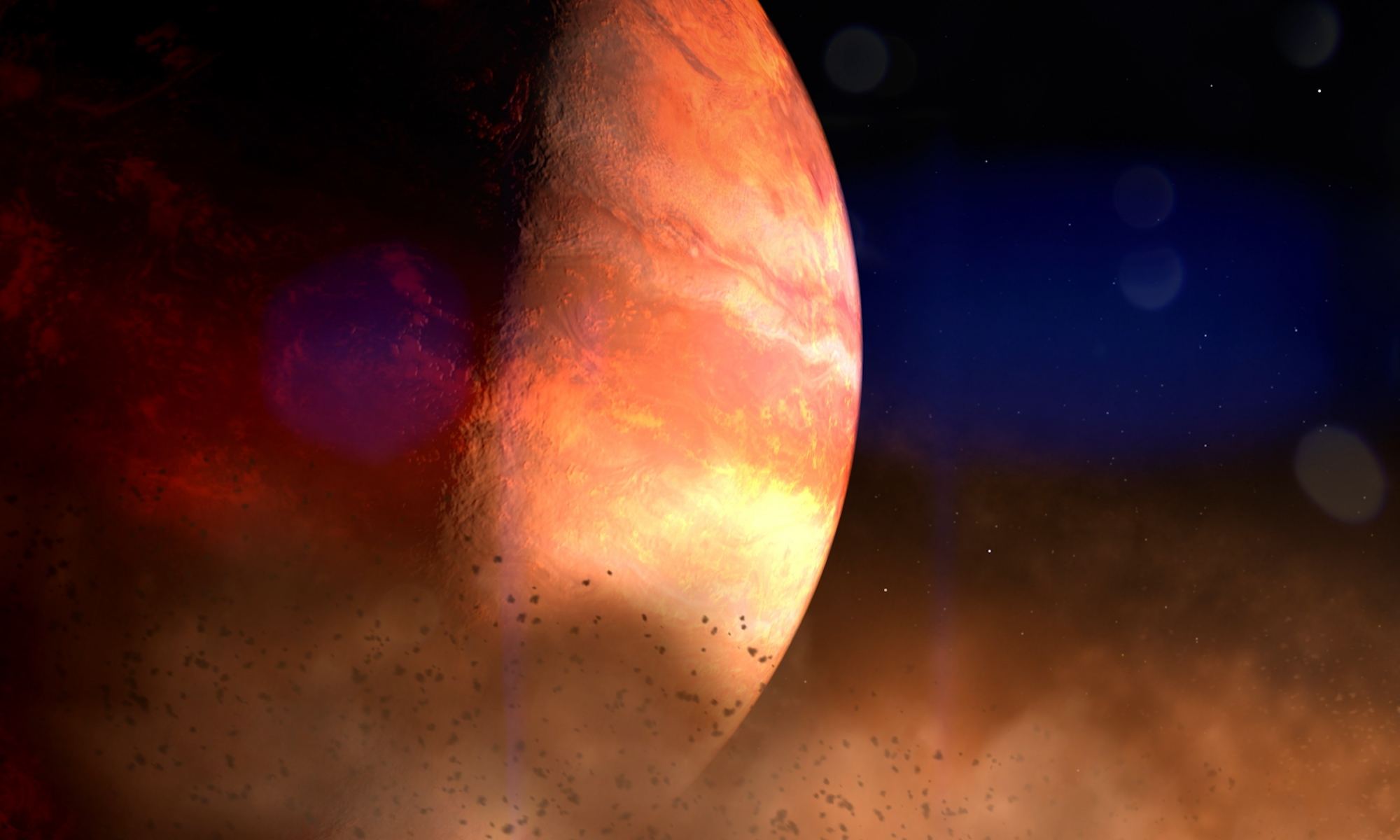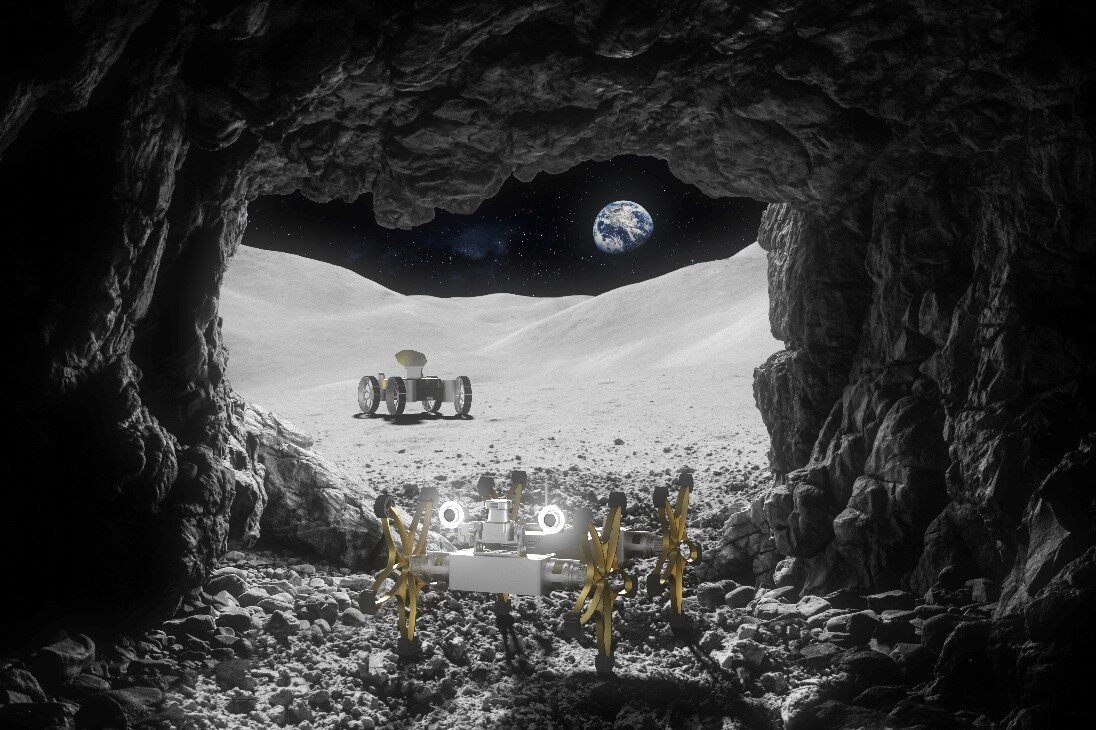In the coming years, a number of will be sent to space for the purpose of answering some of the enduring questions about the cosmos. One of the most pressing is the effect that solar activity and “space weather” events have on planet Earth. By being able to better-predict these, scientists will be able to create better early-warning systems that could prevent damage to Earth’s electrical infrastructure.
This is the purpose of the Solar Orbiter (SolO), an ESA-led mission with strong participation by NASA that launched this morning (Monday, Feb. 10th) from Cape Canaveral, Florida. This is the first “medium-class” mission implemented as part of the ESA’s Cosmic Vision 2015-25 program and will spend the next five years investigating the Sun’s uncharted polar regions to learn more about how the Sun works.
Continue reading “The ESA’s Solar Orbiter, a Mission That Will Chart the Unexplored Polar Regions of the Sun, Just Launched!”
